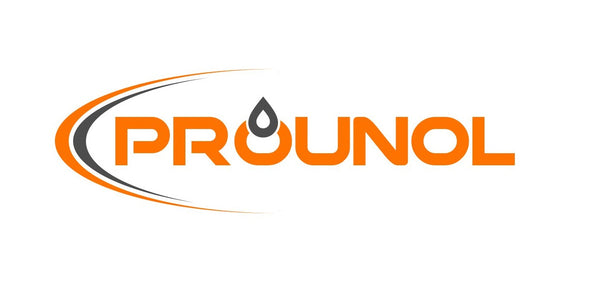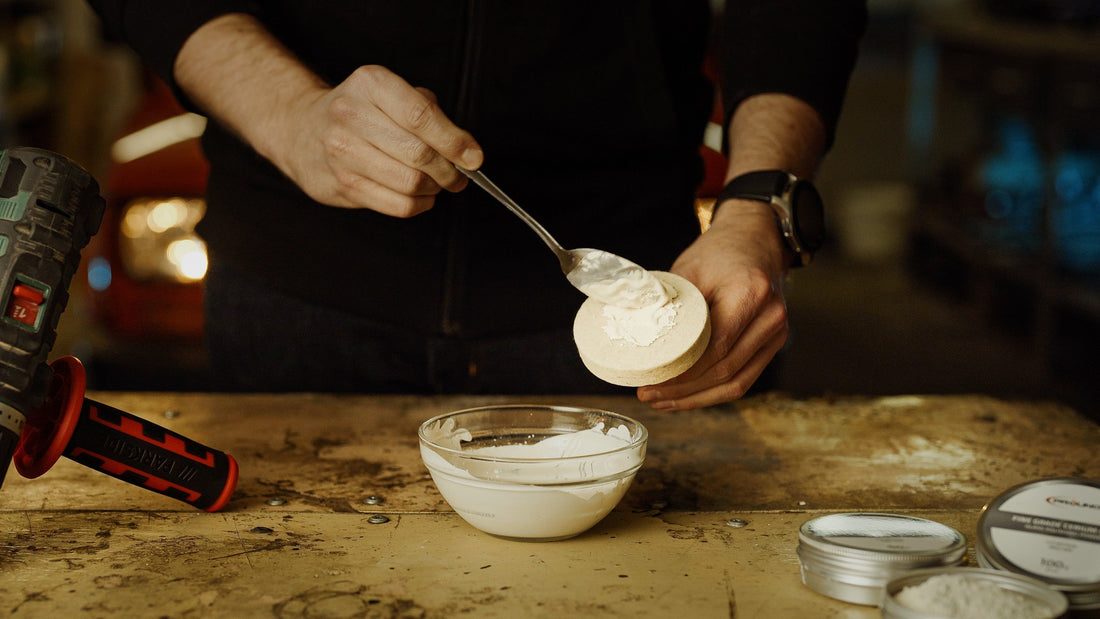Cerium oxide is one of the most effective agents for removing scratches and discolouration from glass, mirrors and ceramics. Although the preparation itself is the key, the right tools for its application have a huge impact on the final effect.
Without the right accessories, it is difficult to achieve a satisfactory result, and poorly chosen tools can actually worsen the condition of the surface. Therefore, before you start polishing, it is worth knowing what is best to use. You may already have many of these at home, while others can be purchased for a small sum from a DIY store. In this article we suggest what you need to prepare before you start polishing with cerium oxide for the first time.

1. Drill or screwdriver with speed control
This is the most important driving tool for polishing surfaces with cerium oxide. In domestic conditions, a drill or powerful cordless screwdriver will be more than adequate. The key is that it has the ability to work at low speeds (approximately 600-800 rpm), which will ensure safe and controlled polishing.
2. Felt polishing discs
These are used to spread the cerium oxide paste. The best discs are those with a diameter of 75-100 mm, made of dense, compressed felt. They should fit the chuck of your drill. It's worth having a few in case one wears out or you're working on different surfaces.
3. Nuts and Velcro fasteners
A Velcro fastener (pin) is required to secure the felt to the drill. This allows you to easily change discs while working without the need for additional tools.
4. Sprayer with distilled water
During polishing, the cerium oxide must be kept moist at all times to prevent the glass from overheating and scratching. The most convenient way to keep the surface moist is to use a normal plant sprayer filled with distilled water (this will prevent scale build up).
5. Paper towels and microfibre cloths
Essential for cleaning and wiping surfaces before, during and after polishing. Microfibre will not scratch the glass and paper towels are useful for absorbing excess polish and moisture.
6. Masking tape and protective foil
These are used to protect areas around the polishing area - e.g. seals, paint or wood. Cerium oxide tends to get into pores and crevices, so it is better to protect them beforehand.
7. Gloves and safety glasses
Although cerium oxide is non-toxic, fine dust and splashes can irritate eyes and skin. It is worth considering basic personal protective equipment when polishing.

Summary
Polishing glass or headlights with cerium oxide does not require expensive equipment. All you need is a few readily available and inexpensive tools, a little patience and the right preparation. Even in a home workshop you can achieve a professional effect and give dull glass or scratched surfaces a second life.

